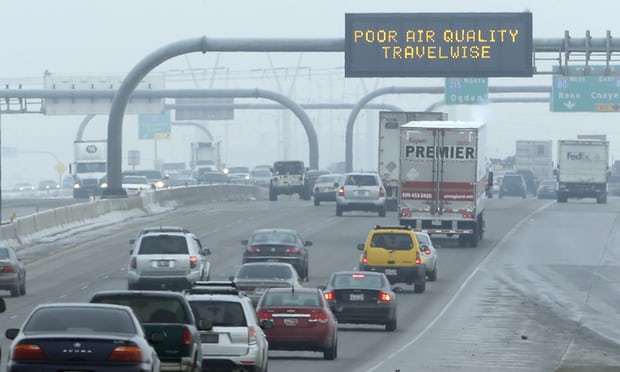Spikes in air pollution can heighten risk of chest infections, research suggests

Even short-term increases in air pollution are linked to a higher risk of developing viral chest infections that turn into conditions such as bronchiolitis, new research suggests. The study, carried out by scientists in the US, looked at levels of tiny particles in the air known as PM2.5s across eight locations along the Wasatch Front in Utah, including Salt Lake City. This area features a string of towns and is home the majority of the state’s population and, due to various factors, experiences large variations in air pollution. The team then looked at the number of people who turned up at local healthcare centres and hospitals and were diagnosed with acute lower respiratory infections during the same period of time. The results, published in the American Journal of Respiratory and Critical Care Medicine, reveal that an increase in diagnoses of such infectionsappears to follow an uptick in air pollution in the previous weeks. “There may be some connection between air pollution and [acute] lower respiratory infections, whether it is that air pollution causes the airway to become more susceptible to infection, or once you are infected it may cause the body to respond less vigorously to the infection,” said Dr Benjamin Horne, director of cardiovascular and genetic epidemiology at the Intermountain Medical Center Heart Institute in Salt Lake City, adding that it could also be that high pollution drives people to stay indoors, increasing the chance of passing infections around.

